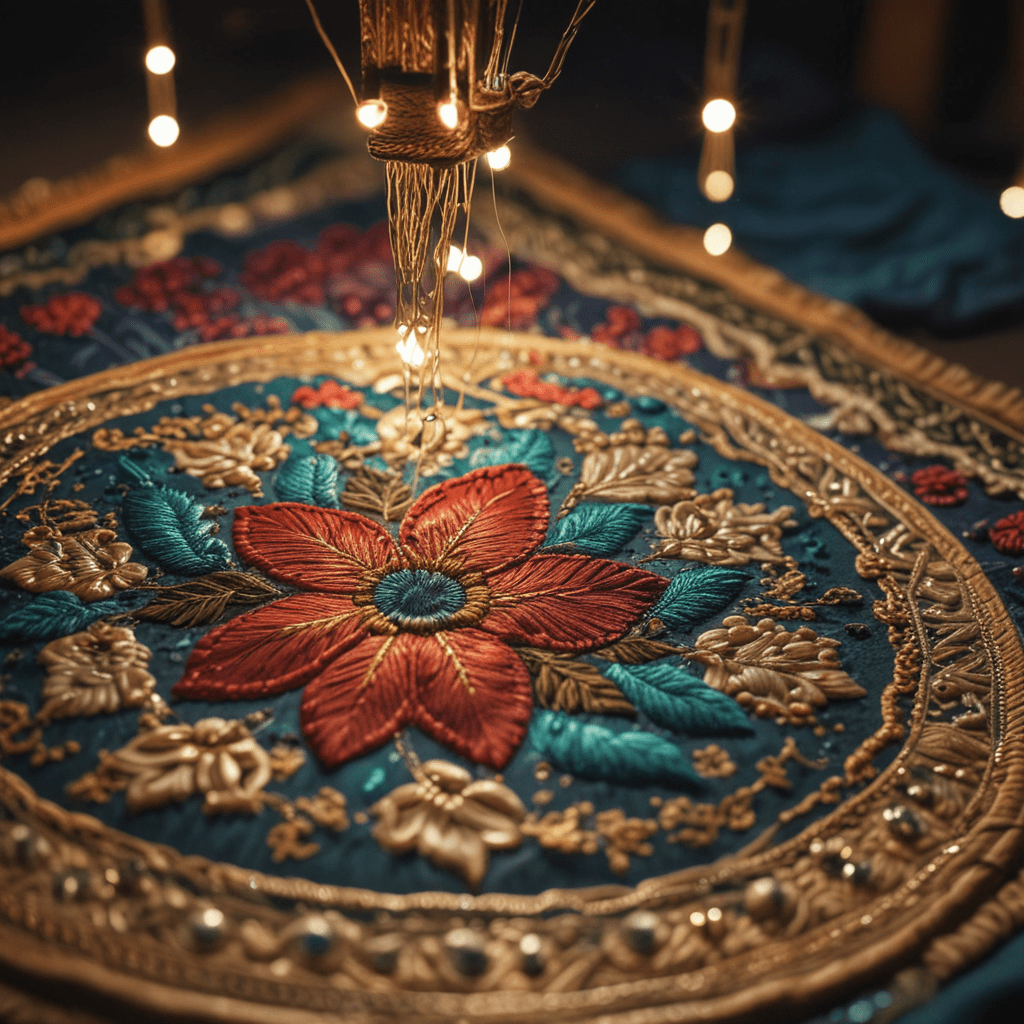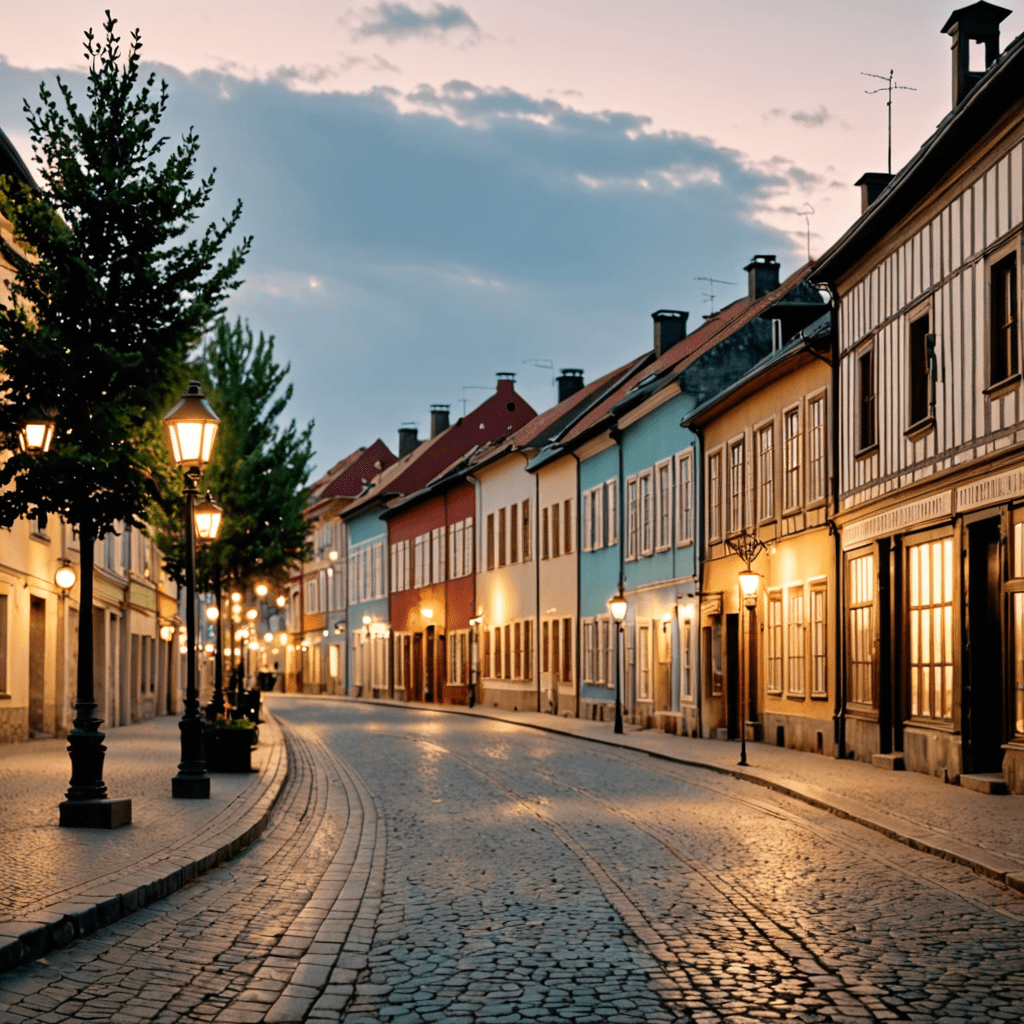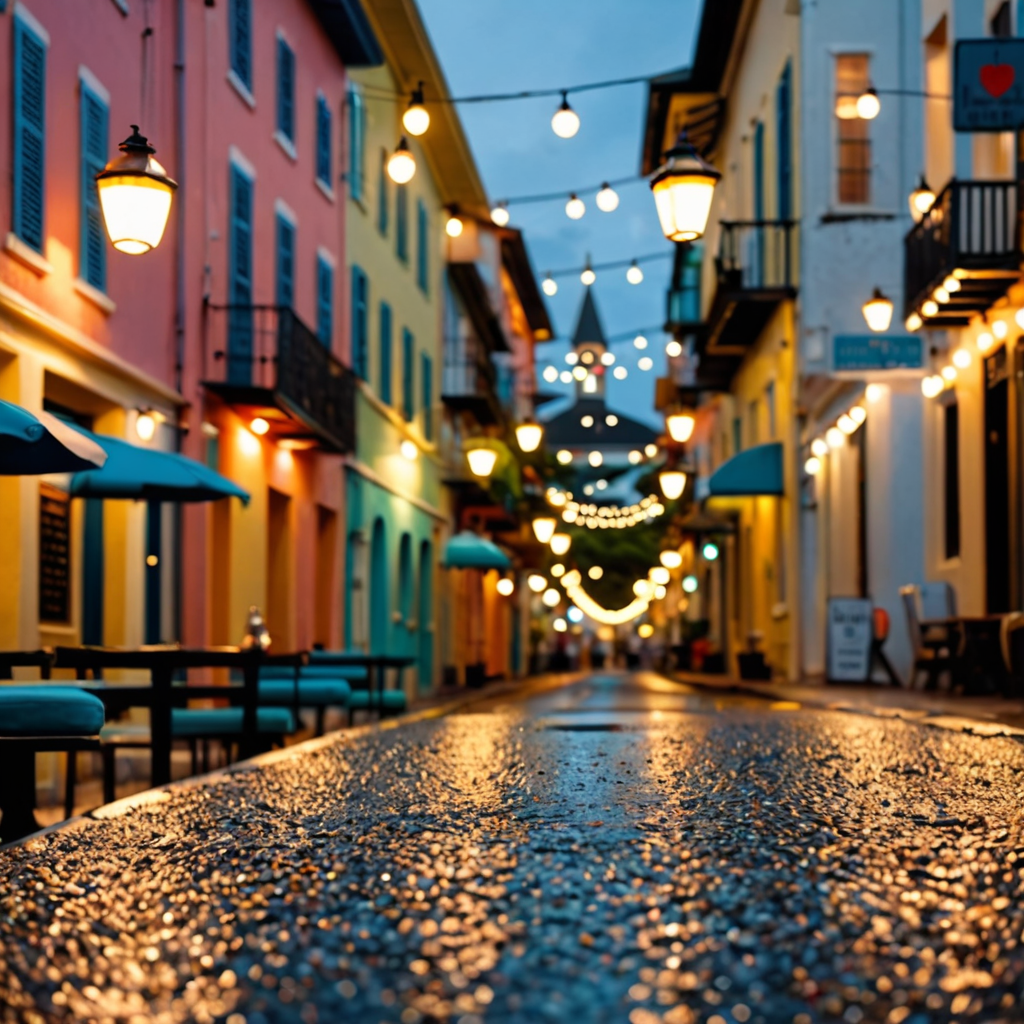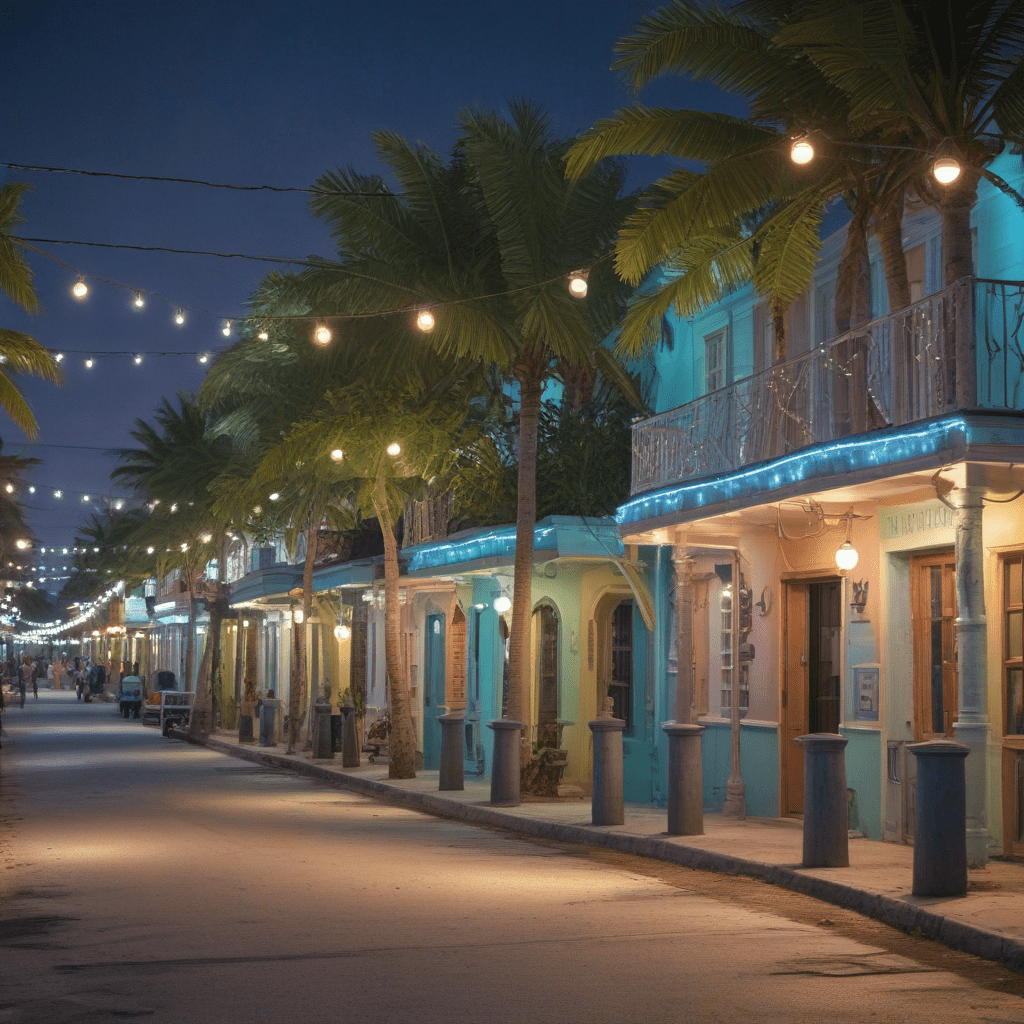
Traditional Embroidery Techniques in Bangladesh
I. Introduction
Bangladesh boasts a rich cultural heritage, and its traditional embroidery techniques are a testament to the country's artistic prowess. These techniques have been passed down through generations, showcasing the intricate craftsmanship and creativity of Bangladeshi artisans. Embroidery plays a significant role in Bangladeshi culture, adorned on clothing, home decor, and accessories.
II. Origins and History
The origins of embroidery in Bangladesh date back centuries, with influences from various regions. Mughal artisans brought intricate embroidery techniques during the Mughal era, while Persian and Chinese influences also shaped the art form. Over time, Bangladeshi artisans adapted these techniques, developing distinct styles that reflect the country's unique cultural identity.
III. Types of Embroideries
Bangladesh is renowned for several types of embroideries, each with its own distinct characteristics and motifs.
A. Nakshi Kantha
Nakshi Kantha is an embroidery style that uses old, discarded fabrics to create intricate and colorful quilts. The name "Nakshi Kantha" translates to "embroidered quilt," and these quilts often depict scenes from everyday life, nature, and mythology. Nakshi Kantha is a form of storytelling through embroidery and has gained international recognition for its artistic and cultural value.
B. Shisha
Shisha embroidery, also known as "mirror work," is characterized by the use of small, round mirrors or sequins sewn onto fabric. This technique creates a dazzling and reflective effect, often used to embellish clothing and accessories. Shisha embroidery is particularly popular in the northern region of Bangladesh and has gained worldwide recognition for its intricate and eye-catching designs.
C. Jamdani
Jamdani is a fine cotton fabric adorned with intricate woven motifs. The term "Jamdani" is derived from the Persian words "Jam" (flower) and "Dani" (vase), reflecting the floral patterns often featured in this embroidery style. Jamdani is renowned for its exquisite craftsmanship, with weavers using handlooms to create delicate and sophisticated designs. This embroidery technique is primarily found in the Dhaka region of Bangladesh and is considered a national treasure.
IV. Preservation and Revival
In recent years, there has been a growing movement to preserve and revive traditional embroidery techniques in Bangladesh. The government and non-profit organizations have implemented various initiatives to support artisans, provide training, and promote the use of traditional embroidery in contemporary designs. Through these efforts, Bangladeshi embroidery is gaining renewed appreciation and recognition, both within the country and internationally.
V. Conclusion
Traditional embroidery techniques in Bangladesh are a testament to the country's rich cultural heritage and artistic prowess. From the vibrant colors and intricate designs of Nakshi Kantha to the dazzling reflections of Shisha and the delicate elegance of Jamdani, these embroidery styles continue to captivate and inspire. With ongoing efforts to preserve and revive these techniques, traditional embroidery in Bangladesh is poised to continue thriving and enriching the nation's cultural landscape for generations to come.
Frequently Asked Questions (FAQs)
What are the different types of embroidery techniques used in Bangladesh?
Bangladesh is renowned for several types of embroideries, including Nakshi Kantha, Shisha, and Jamdani.
What materials are commonly used in Bangladeshi embroidery?
Various materials are used, such as old fabrics for Nakshi Kantha, mirrors or sequins for Shisha, and fine cotton for Jamdani.
How are these embroidery techniques typically used?
Embroidered items are incorporated into clothing, home decor, accessories, and other cultural objects.
What makes Bangladeshi embroidery unique?
Bangladeshi embroidery is distinguished by its vibrant colors, intricate designs, and the use of traditional motifs that reflect the country's cultural heritage.
How can I learn more about Bangladeshi embroidery?
You can visit museums or exhibitions featuring traditional embroidery, attend workshops, or connect with local artisans and organizations working to preserve this art form.


